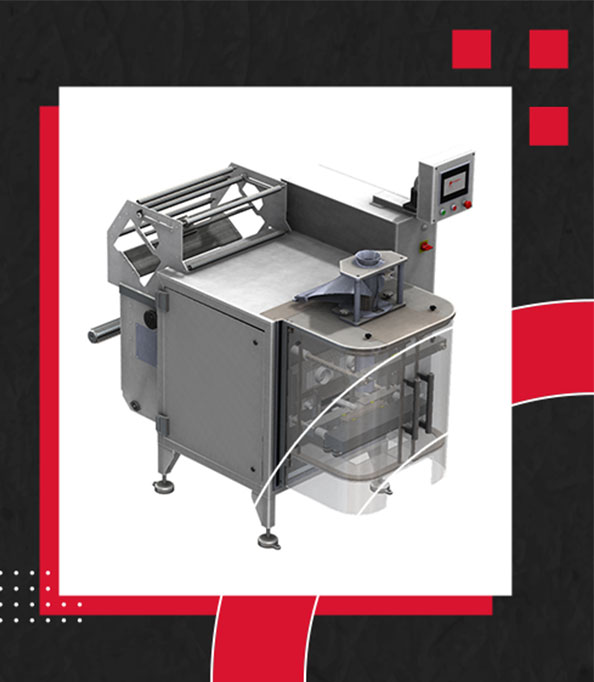Are you familiar with impulsion sealing and thermic sealing methods used in Vertical Form Fill Seal (VFFS) machines? These sealing techniques play a crucial role in packaging operations, ensuring secure and efficient seals. Let’s dive into their differences and major characteristics:
– Impulsion Sealing: also known as impulse sealing, relies on the Joule effect, where electrical resistance generates heat. Here’s what you need to know:
+ Heat Generation: Impulsion sealing utilizes an electrical current passing through a resistance wire or strip to generate the necessary heat for sealing.
+ Control: This method provides precise control over heat and sealing time, allowing for consistent and reliable seals. Adjustments can be made based on film thickness and other factors.
+ Quick Operation: Impulsion sealing boasts a rapid sealing process. It applies heat for a short duration, enabling high-speed sealing in VFFS machines.
+ Versatility: Suitable for various packaging materials like polyethylene (PE), polypropylene (PP), laminates, and heat-sealable films. It accommodates a wide range of film thicknesses.
+ Energy Efficiency: By generating heat only during the sealing process, impulsion sealing minimizes energy consumption and reduces costs.
– Thermic Sealing: also known as continuous sealing, involves applying continuous heat to the packaging material. Let’s uncover its key features
+ Heat Generation: Thermic sealing utilizes constant heat sources such as heated jaws or heating elements to maintain a consistent temperature for sealing.
+ Continuous Operation: This method applies heat continuously as the packaging material passes through the heated jaws or heating elements. Ideal for high-speed production lines.
+ Heat Distribution: Ensuring even heat distribution across the sealing area is crucial to achieving uniform and secure seals. Temperature control plays a vital role.
+ Material Compatibility: Thermic sealing works well with a wide range of packaging materials, including PE, PP, cellophane, laminates, and heat-sealable films.
+ Sealing Strength: With its continuous application of heat, thermic sealing provides strong and reliable seals, creating a robust bond between packaging material layers.
When it comes to VFFS machines, selecting the appropriate sealing method depends on factors like packaging materials, desired seal strength, production speed, and energy efficiency requirements. As we are the last remaining French manufacturers of VFFS machines, we carefully consider these aspects to optimize our clients’ packaging operations. When coming out of our workshop, each machine has been thoroughly tested and precisely optimized per their end users’ specifications.
We hope this article sheds light on impulsion sealing and thermic sealing, empowering you with valuable insights into the world of VFFS machines. Stay tuned for more exciting topics!




